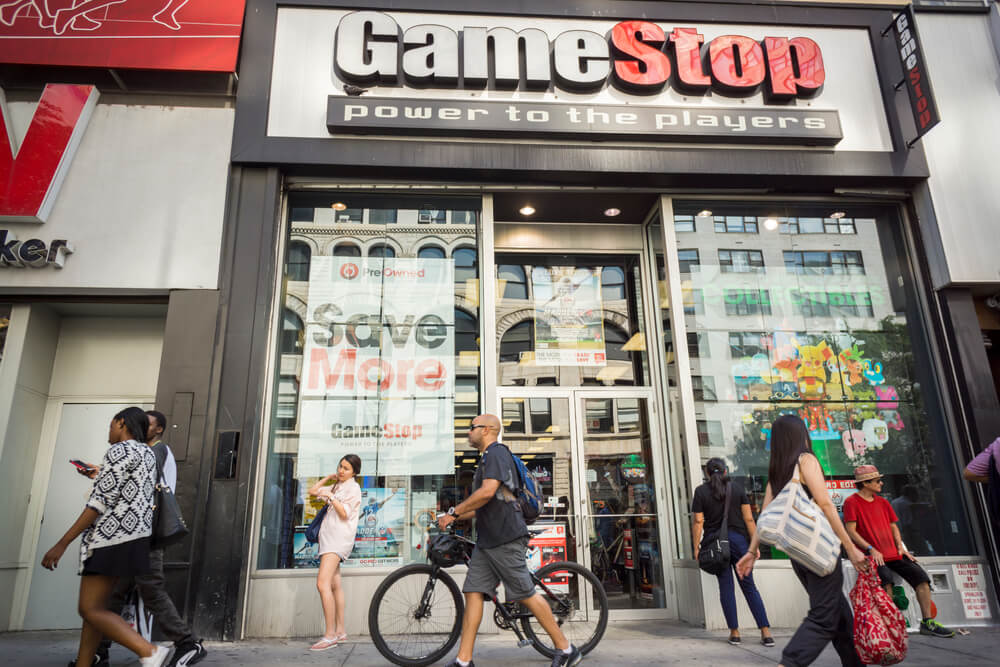The world was rattled in the precarious era of Covid and businesses came to a standstill. Fortunately, Massachusetts-based plastic food container pioneer Tupperware was saved from going bust, and rather flourished under a resurgence in popularity during the pandemic, when people forewent restaurants and rediscovered home cooking.
But, as with all ephemeral pleasures, the American kitchen staple Tupperware bemoans that it may be burning into obsolescence. The staggering drop in its shares by 95 percent over the previous year has prompted Tupperware’s closure warning, alleging that the company may not survive in the near term, unless it can raise emergency funds. The 77-year-old Tupperware’s collapse seems imminent.
“There is a substantial doubt of the company’s ability to continue as a going concern”
A recent press release revealed Tupperware’s financial troubles, owing to Tupperware’s decline in revenue, clueing into its predicament of standing at the edge of the precipice. Within three years of the retro brand’s surprising revival from the legions of pandemic shut-ins, Tupperware warns that it may go out of business soon.
The Crisis Of Tupperware’s Collapse: Why Is Tupperware In Trouble?
When people confer about the impact of Amazon’s threat to direct and retail competitors, the ripple effects of the behemoth are no exception. Similarly, when the social media platform TikTok bade the attention of the younger generation, the competition for all types of products was bound to notch up.
The notion of hourglass buying behavior with utility items. comes to the fore when people oscillate between the cheapest product or the biggest brand. Tupperware’s crisis is rooted in the new generation’s inability to understand the affection linked to the realities and insufficiencies of the food storage company and the heritage USP of Tupperware, which was a very poetic ‘burping seal’ – an airtight seal to get rid of excess air.

Image Courtesy – Tupperware.
Tupperware’s stock drop is being linked to the company’s innate struggle with its innovative contemporaries which use TikTok and Instagram to promote storage container products. Surprisingly, Tupperware’s stock price plunged to less than $2, in stark contrast to its yesteryear’s share price of $100.
But mind you, Tupperware’s business failure is not sudden. While the Florida-based company sweats for an ounce of windfall, the sales at the company had been declining for years as more competitors offering substandard products at lower prices, surfaced.
It was only in 2020 when Tupperware’s downturn-to-doom winched up on its first year-over-year sales increase since 2017. Against the posterior of higher costs, inflationary woes, and pared-down sales, while Tupperware reigned over $1 billion in quarterly global sales, its recent quarter lost $28.4 million.
Fanning the flames of Tupperware’s bankruptcy rumors, before issuing the announcement, the company also forebode of heading towards default if lenders were to demand payments to be ingressed to Tupperware’s main line of credit.
“Tupperware does not have the financial resources to repay such obligations, being dependent upon its line of credit to fund its operations.”
Tupperware has further indicated it may be facing delisting from the New York Stock Exchange by virtue of delays in filing its 10-K annual report [of which the company worries of looking much worse than reported], whilst also foregoing inimical court proceedings from investors suing the company for hiding “serious issues” in financial filings. When reporting preliminary earnings, Tupperware had admitted to identifying misstatements in a few of its previous financial reports and also admonished ‘not designing and maintaining effective internal controls’ over its tax accounting.

Can Tupperware’s Collapse Be Managed?
Tupperware is trying one’s damnedest to extricate itself from this impasse. In October 2022, as part of the ‘turnaround’ plan, the company settled on a deal with Target to sell its wares. It also renegotiated with its lenders canvassing flexibility agreements.
The chief executive officer and President of Tupperware brands Miguel Fernandez announced the company’s intentions to save the sinking boat.
“The company is doing everything in its power to mitigate the impacts of recent events, we will be taking immediate action to seek additional financing and address our financial position.”
Seeking to improve its capital structure, and near-term liquidity and remediate concerns, Tupperware is restructuring by reviewing its real estate portfolio for potential cash injections and also considering making jobs redundant. To regain its financial footing, Tupperware is exploring options of right-sizing – accessing new lines of credit by tapping newer investors, cutting costs, and selling some of its real estates.
Furthermore, the company will likely renege on part of its debt, owing to cash constraints caused by high-interest costs.
On a final note, one can arguably blame e-commerce or food-storage technology whose innovations are evolving fast, but the fact is that Tupperware’s stackable containers are easy to mimic but hard to be improved upon.






